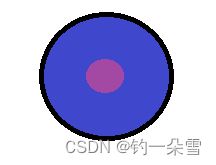深度寻路算法代码(带界面)
使用easyX图形库
安装easyX
运行效果
图片资源
res.h
#pragma once
#include myStack.h
#pragma once
#include "res.h"
typedef struct MyStack{
struct MyPoint* pBuff;
int len;
int maxLen;
}MyStack;
//初始化栈
void init(MyStack* s);
//入栈
void push(MyStack* s, MyPoint* data);
//出栈
void pop(struct MyStack* s);
//获取栈顶元素
struct MyPoint* getTop(MyStack* s);
//判断栈是否为空
bool isEmpty(MyStack* s);
myStack.cpp
#include "myStack.h"
#include main.cpp
#include "res.h"
#include "myStack.h"
#include 


